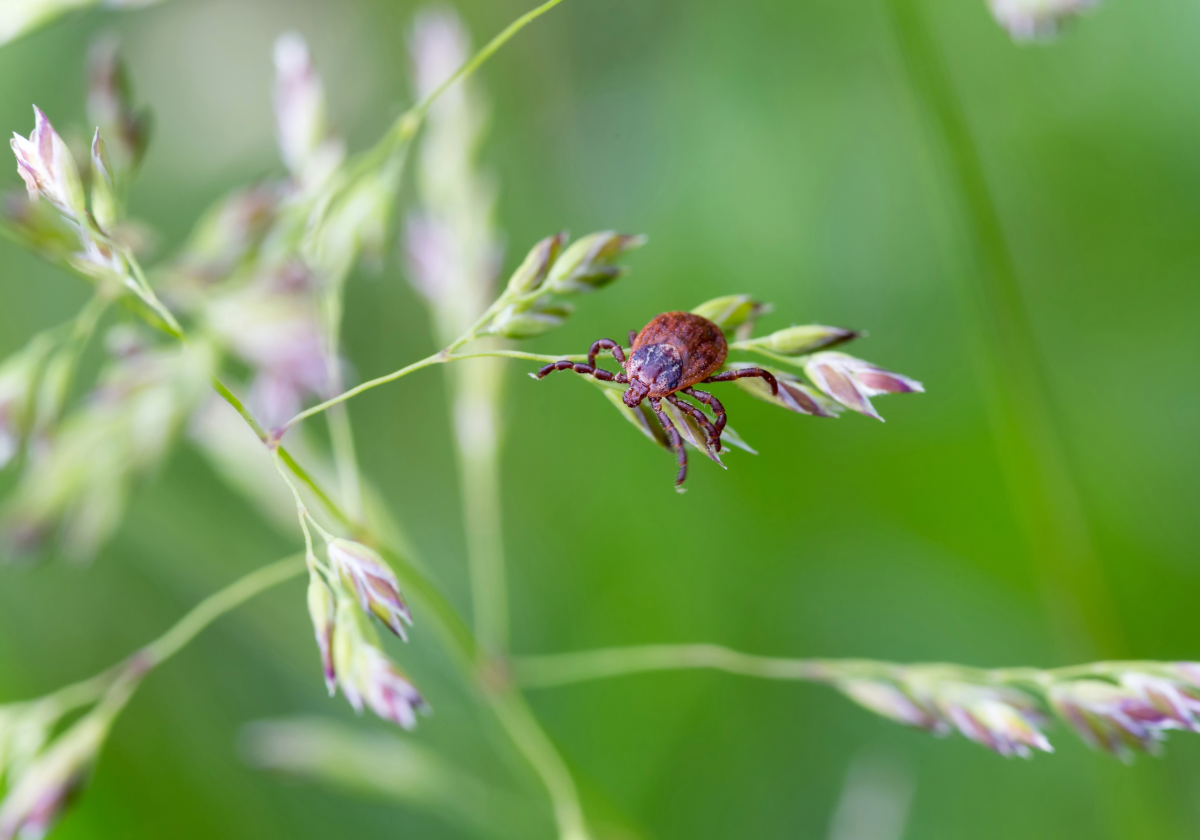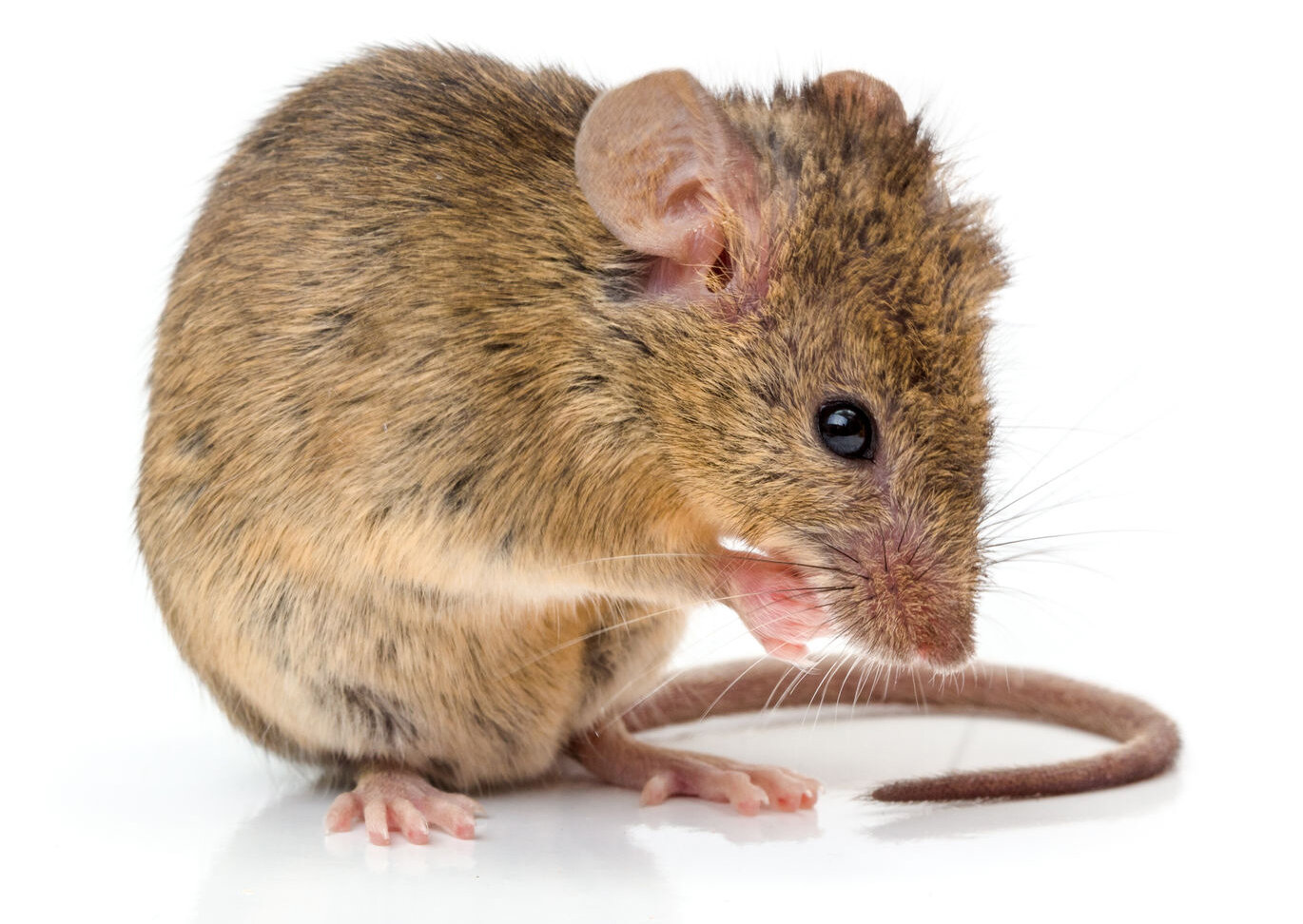It is almost certain that you have heard of chiggers, but do you know what they are? Technically, they are the larval stage of a particular species of mite (Trombiculidae) and are sometimes referred to as “red bugs” or “harvest mites”. Because mites and ticks are closely related (both are arachnids), their life cycles are somewhat similar with eggs hatching to six-legged larvae which develop into eight-legged nymphs and adults. However, unlike their troublesome cousins, only the larval stage of chigger can bite people. These tiny, almost invisible, pests are only 1/100 to 1/120 inch; and when observed under a microscope or magnifying glass, they appear red, orange, or yellow. To the naked eye, they will appear to be tiny, red dots. Larvae are active from spring through late fall.
Chiggers will feed on people and animals during spring and summer months. They typically attach to the skin of their host when the host walks in tall, grassy or other densely vegetated areas. Chiggers will attach to their human host in areas where clothing is tight such as around waistlines, under socks, and behind the knees. It takes anywhere from one to three hours for the host to begin to feel the itching caused by the chigger’s bite. Eventually, the skin around the bites will develop a rash that may or may not contain puss filled blisters and will begin to intensely itch causing extreme irritation. The itch from the chigger bite can last up to a week and skin lesions typically do not completely heal for two weeks. Chiggers are not known to carry or transmit diseases to people.
There are some things that you can do to discourage chiggers on your property such as keeping lawns cut short, trimming trees and shrubs near your home or that overhang in your yard, and cutting back vegetation near woodland borders or walkways. It is also necessary to wear repellents containing DEET and treat clothing and shoes with Duranon before entering high-risk areas. Never use Duranon on skin or allow it to come in contact with eyes or other mucous membranes. Also, be sure to discuss proper treatment for your pets with your veterinarian.



